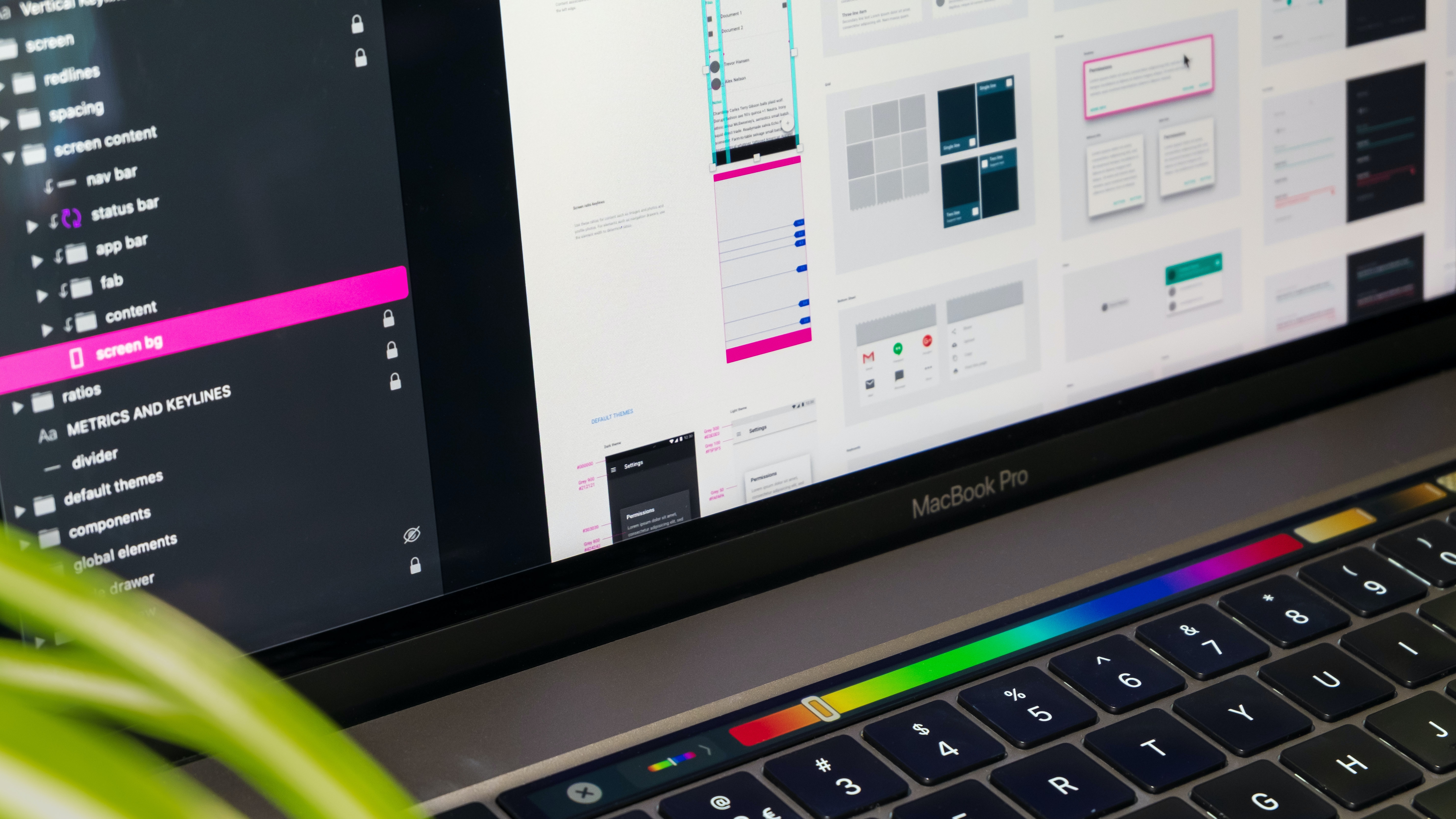Designing for the Future: Trends in UI/UX and Web Development
Designing user interfaces (UI) and user experiences (UX) for the future involves anticipating technological advancements, user behaviors, and evolving design standards. This article explores current trends shaping UI/UX and web development, providing insights into how designers can prepare for the future of digital experiences.
Evolution of UI/UX Design
UI/UX design has evolved significantly from static web pages to dynamic, interactive experiences across various devices. The future of UI/UX design is driven by innovation, personalization, and seamless integration of technology. Here are key trends shaping the future:
1. Responsive and Adaptive Design
With an increasing variety of devices—from smartphones to wearables—responsive and adaptive design ensures optimal user experiences across different screen sizes and resolutions. Designers prioritize fluid layouts, flexible images, and scalable typography to maintain consistency and usability.
2. Minimalism and Simplification
Minimalist design principles focus on clarity and simplicity, reducing clutter and distractions. Clean interfaces with ample whitespace enhance user focus and navigation. Simplified navigation menus and intuitive gestures improve usability on touch-enabled devices.
3. Augmented Reality (AR) and Virtual Reality (VR)
AR and VR technologies transform user interactions by merging digital and physical worlds. Designers explore immersive experiences in gaming, retail, education, and healthcare sectors. UI/UX considerations include spatial design, interactive elements, and intuitive controls.
4. Microinteractions and Animations
Microinteractions add subtle feedback and functionality enhancements to user interactions. Animation-driven interfaces engage users with fluid transitions and visual cues. Purposeful animations guide user actions, convey status changes, and provide feedback for seamless experiences.
5. Voice User Interfaces (VUI)
The rise of voice-activated devices and AI assistants introduces VUI as a primary interaction method. Designers optimize interfaces for voice commands, focusing on natural language processing, feedback prompts, and contextual understanding to enhance usability and accessibility.
Future Trends in Web Development
Web development trends align closely with UI/UX advancements, leveraging technologies to create responsive, immersive, and accessible digital experiences. Key trends include:
1. Progressive Web Apps (PWA)
PWAs combine the best features of websites and mobile apps, delivering fast, reliable, and engaging experiences. Offline functionality, push notifications, and seamless updates enhance user retention and engagement.
2. Motion UI and Interactive Experiences
Motion UI frameworks empower developers to create dynamic interfaces with animations, transitions, and scroll-triggered effects. Interactive storytelling and gamification elements enhance user engagement and retention.
3. AI and Machine Learning Integration
AI-driven technologies personalize user experiences through predictive analytics, content recommendations, and chatbots. Natural language processing (NLP) enhances search functionalities and customer support interactions.
4. Blockchain and Enhanced Security
Blockchain technology ensures data integrity, transparency, and security in transactions and user interactions. Decentralized applications (dApps) and smart contracts streamline processes while maintaining user privacy and trust.
5. Accessibility and Inclusive Design
Inclusive design principles prioritize accessibility for users with disabilities. Developers adhere to web content accessibility guidelines (WCAG), ensuring compliance with screen readers, keyboard navigation, and color contrast ratios.
Conclusion
Designing for the future requires staying abreast of evolving UI/UX trends and web development practices. By embracing responsive design principles, integrating emerging technologies like AR/VR and AI, and prioritizing user-centric experiences, designers and developers can create compelling digital experiences that resonate with users. As technological innovations continue to shape digital landscapes, embracing innovation, flexibility, and user empathy will be pivotal in crafting future-proof UI/UX solutions that cater to diverse user needs and preferences.

